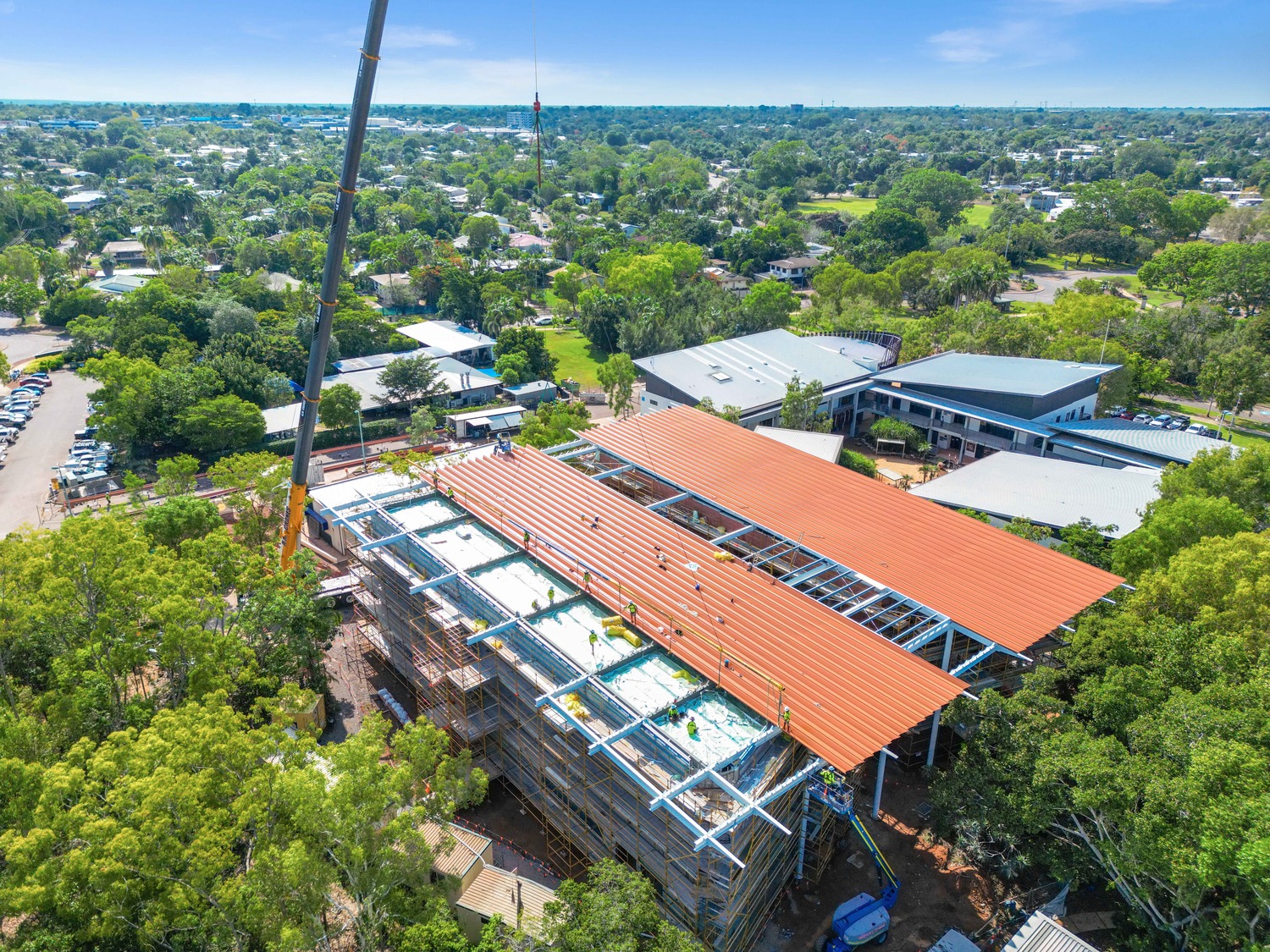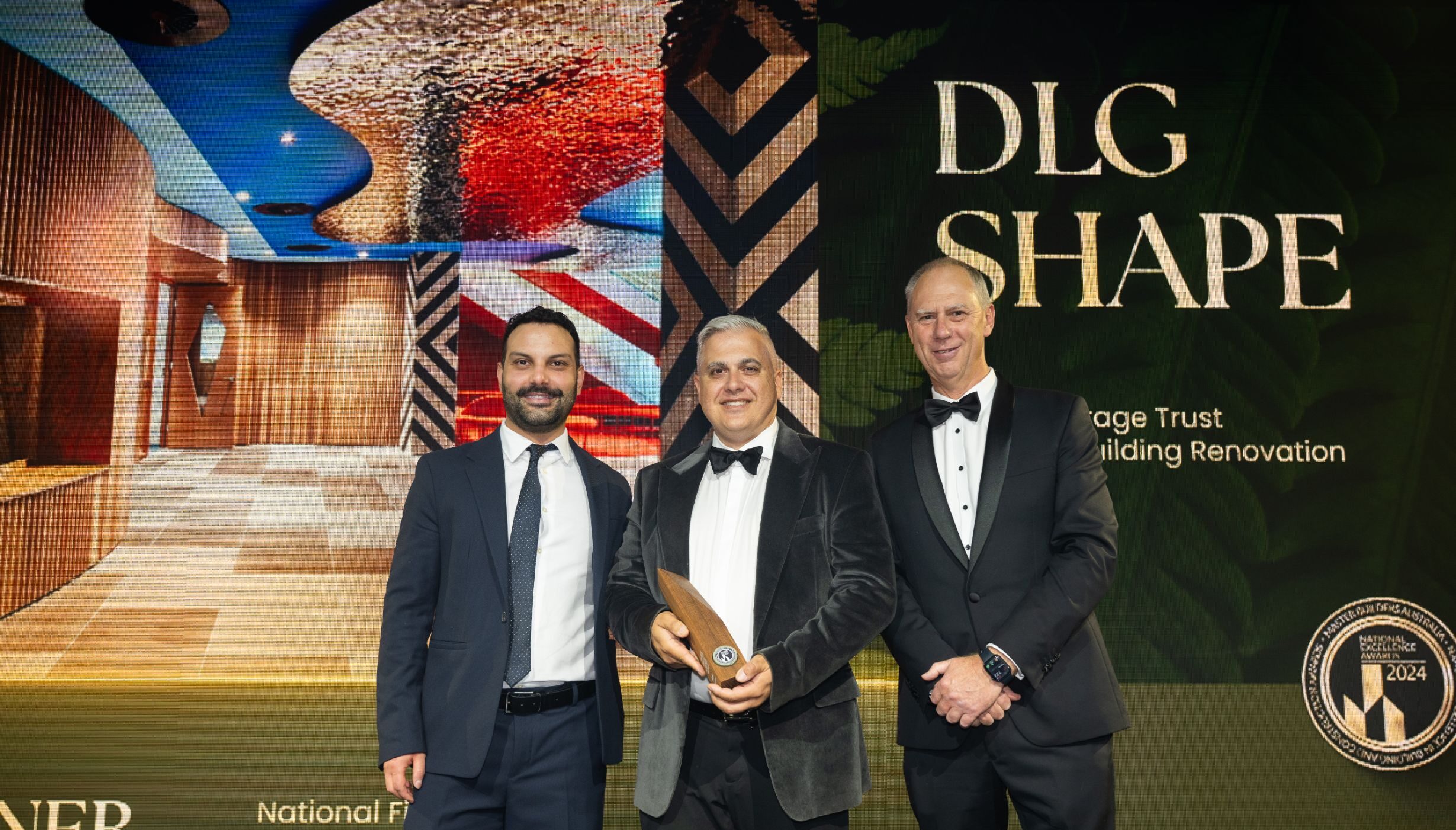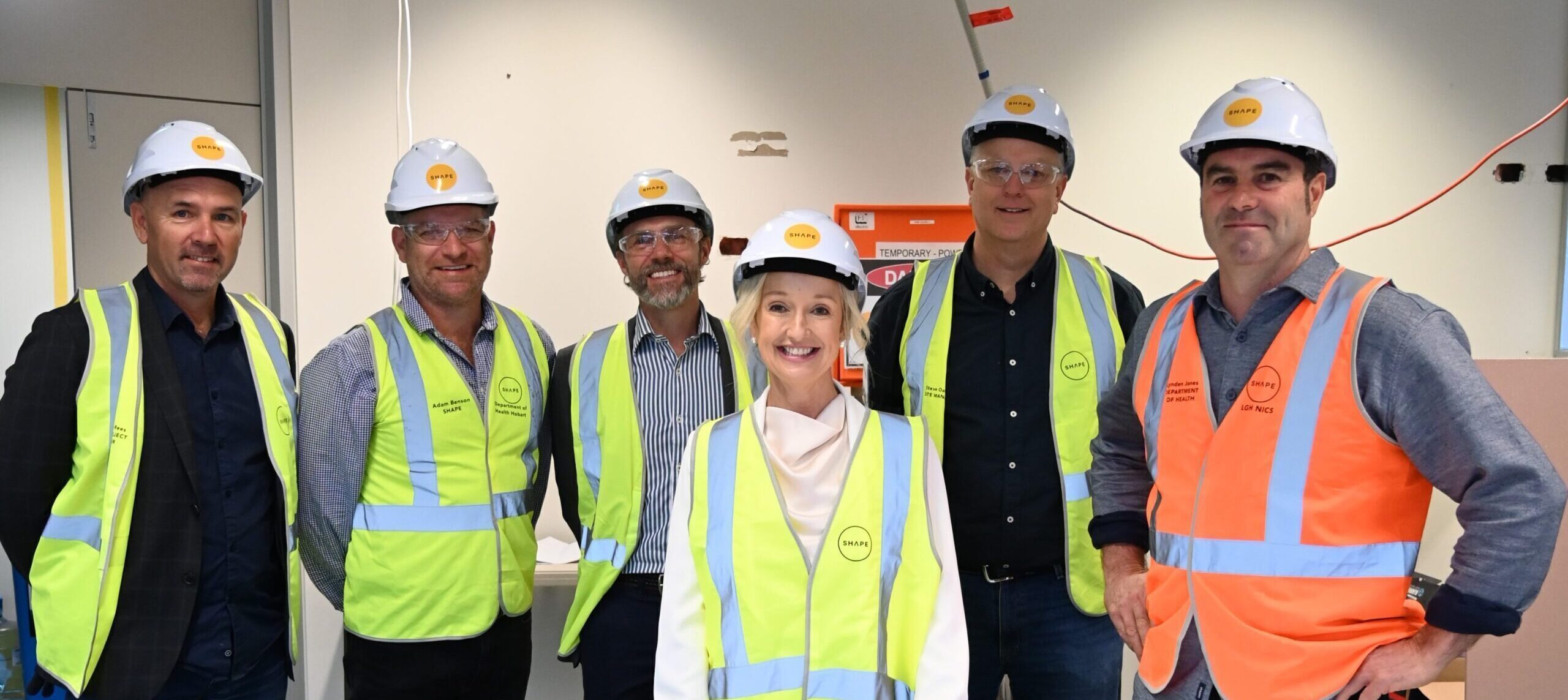NAIDOC Week 2021: The significance of Indigenous inclusion in building sustainable spaces

NAIDOC Week is a time to reflect on what we have done and should continue to do to ensure that Aboriginal and Torres Strait Islander peoples are receiving recognition for their culture, achievements, and contributions to the community.
The theme for National NAIDOC Week 2021, Heal Country, serves as a reminder to pursue stronger institutional actions to recognise, protect, and maintain all facets of Aboriginal and Torres Strait Islander culture and heritage. Most importantly, this year’s theme highlights the significance of acknowledging First Nations legacy in everything that we do and in the locations that we interact and surround ourselves with.
As Australia’s leading fit-out and refurbishment experts, we’re passionate about supporting Indigenous-owned suppliers and contractors and are pleased to work alongside our partner, DLG SHAPE, to ensure that important moments like NAIDOC Week are celebrated and recognised.
The importance of recognising Aboriginal and Torres Strait Islander culture
Recognising, protecting, and maintaining Aboriginal and Torres Strait Islander culture is at the top of the agenda for this year’s NAIDOC Week. Here at SHAPE, we believe that recognising this culture is crucial as it ensures continuous representation and acknowledgement of Aboriginal and Torres Strait Islander people as the traditional custodians of the land. It also helps to close the gap in the understanding of our nation’s rich history and supports the development of meaningful relationships and mutual respect with Aboriginal and Torres Strait Islander people.
We are proud to share that as part of a combined effort with award-winning Indigenous Architect Jefa Greenaway, SHAPE has successfully driven change for the wider building community on the path to acknowledgement and have helped to integrate Indigenous design criteria as part of the Green Star Buildings rating tool.
As part of a combined effort with award-winning Indigenous Architect Jefa Greenaway, SHAPE has successfully driven change for the wider building community on the path to acknowledgement and have helped to integrate Indigenous design criteria as part of the Green Star Buildings rating tool.

Indigenous design criteria in one of Australia’s most acclaimed building ratings
Regarded as Australia’s most trusted standard of quality for the design, construction, and operations of healthy built environments, the Green Star rating is the nation’s biggest voluntary and all-encompassing sustainability rating system for buildings, fit-outs, and communities. The Green Star rating was established in 2003 by the sustainability building authority, The Green Building Council of Australia. Today, it’s utilised by 50% of ASX50 companies, 40% of CBD office space, 40% of retail space, and supports more than 790,000 people living or working in Green Star certified communities.
Jefa Greenaway and Michael Manikas, General Manager at DLG SHAPE, are both passionate about creating sustainable spaces that support environmental and cultural communities to help ‘Heal Country’. They have been working closely with the Green Building Council over the last two years to create and introduce a new ‘Indigenous Inclusion’ criteria to the existing Green Star submission guidelines. Under the new rating system, guidelines are included as one of the 39 credits within the system’s Core Rating Tool.
To meet the standards, a building’s design and construction must have played a key role in the delivery of targets outlined in a project owner’s Reconciliation Action Plan (RAP). Likewise, the building’s design process must also abide by the Indigenous Design and Planning principles outlined in the Australian Indigenous Design Charter. Most importantly, both require observable and inclusive participation of Aboriginal and Torres Strait Islander peoples throughout the project’s life cycle for validation purposes.
The credit also has strict requirements on the evidence permitted to submit as proof. Companies must submit their RAP and related verification, such as outcomes demonstrating that at least 90% of targets have been met in the first reporting cycle. Companies must also submit proof of Inclusion of Indigenous Design through evidence of Aboriginal and Torres Strait Islander engagement, from concept design throughout the project’s life cycle. The inclusion of this criteria as a core rating tool and the strict requirements for evidence demonstrates the commitment from large and influential bodies in Australia to recognise Aboriginal and Torres Strait Islander culture and heritage.
While there’s still a long way to go for the construction industry in its journey to recognise, protect, and maintain Aboriginal and Torres Strait Islander culture and heritage, the addition of Indigenous Inclusion criteria in Australia’s largest sustainability rating system for buildings is a big step in the right direction. SHAPE is proud to have played a key role in making that step a reality on behalf of the industry.
For more information on how SHAPE can support your journey to becoming Green Star compliant, please contact us here.





